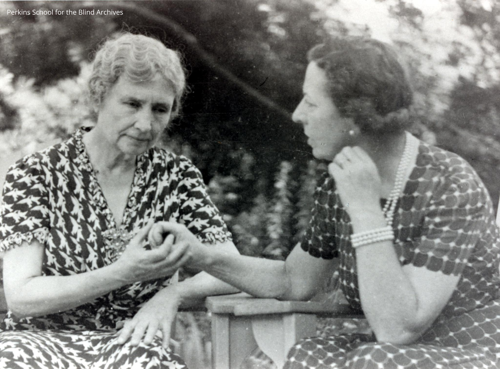Deaf-Blind Communication Tips

Courtesy of Perkins School for the Blind Archives
Communication is only effective when we communicate in a way that is meaningful to the recipient, not ourselves.--Rich Simmonds
Communication
The act of transferring information from one place, person, or group to another.
We all have a need to interact and communicate with people around us to share knowledge and information; to exchange greetings; and to convey our needs, feelings, and preferences. Regardless of our purpose for communicating, the interaction is valuable and connects us to others.
Communication preferences for people who are deaf-blind may involve the use of a combination of methods which may include various levels of complexity. Understanding more about how to communicate with individuals who are deaf-blind is the first step to communicating in a powerful and respectful way.
On this page, you will find links to communication tips that may greatly improve your ability to effectively communicate with deaf-blind individuals. We hope they are helpful and inspire you to reach out to this group of unique individuals.
- Tips for Communicating With People Who Are Deaf, Hard of Hearing, or Deaf-Blind
- Tips On How To Communicate and Comply Effectively With a Deaf-Blind Person

